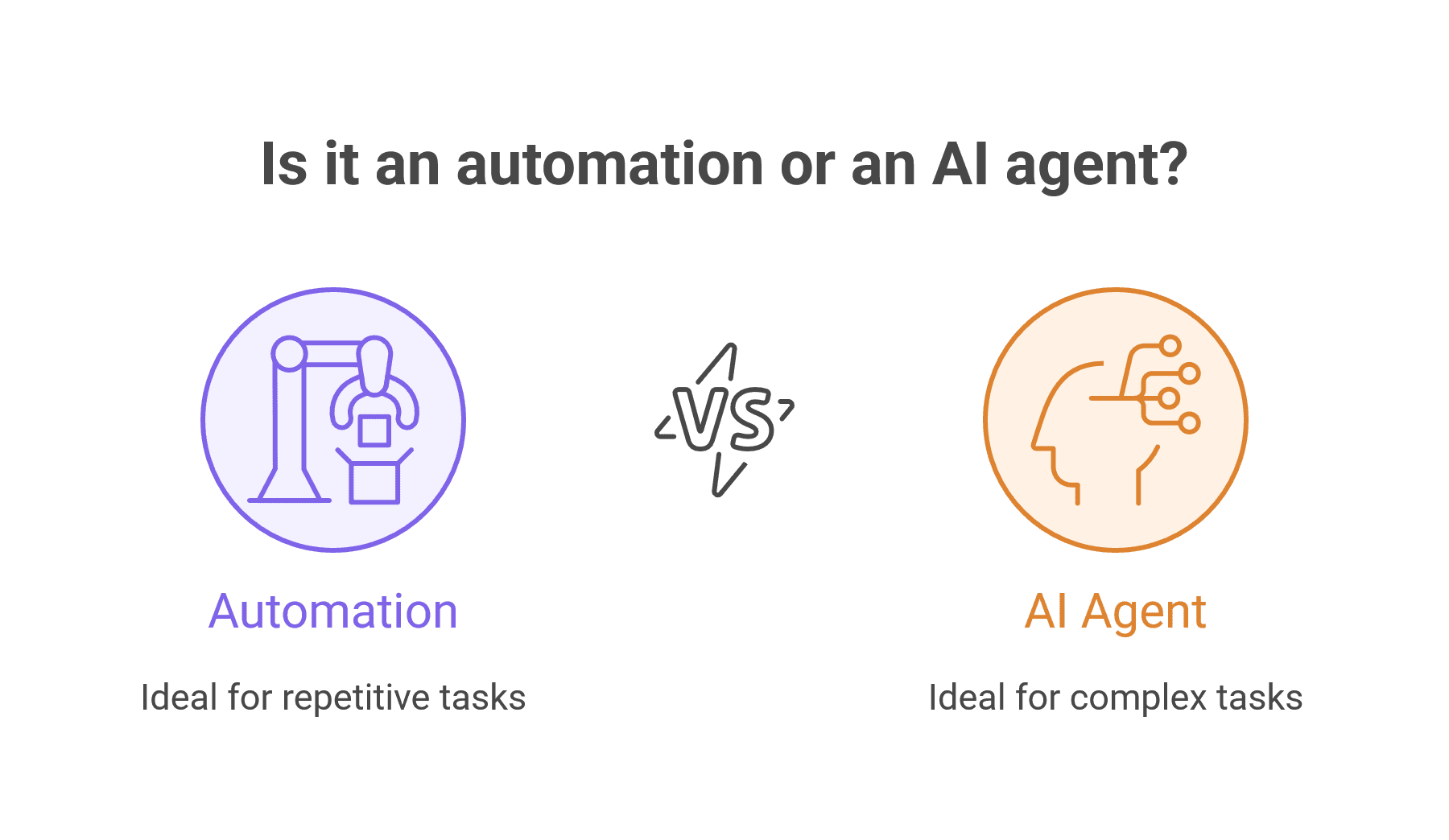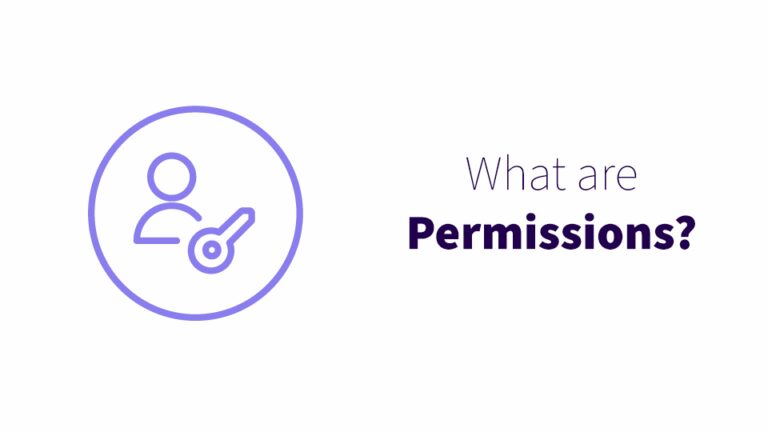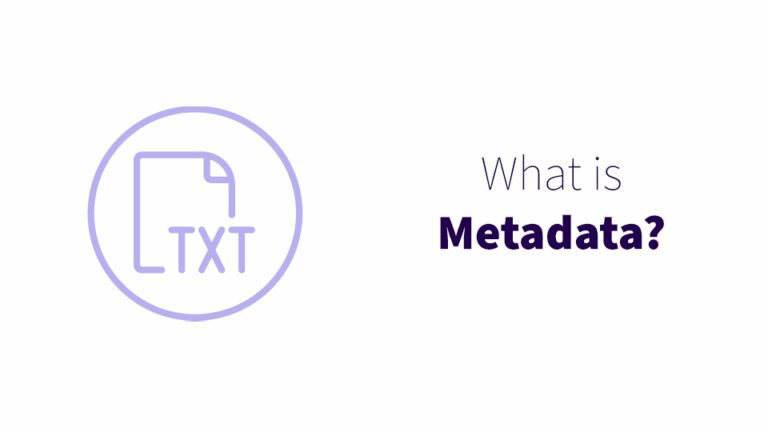The difference between automations and AI agents
In my more than 20 years consulting with organizations of all sizes, I’ve seen technology trends come and go. Process automation has been around in various guises for years, whereas artificial intelligence (AI) is a lot newer. The introduction and popularity of AI has caused a lot of confusion about the difference between automation and AI agents – in particular, I see people asking to “add AI” to something that could easily be solved with a simple automation. But what is the difference, actually? Let’s clear this up.
Automation and AI agents both reduce human effort and streamline tasks. But they’re built on different principles, and understanding how they differ will help you choose the right tool for the job—whether you’re managing a small business or scaling an enterprise cloud strategy.
If it uses AI, it must be an agent…right?
A misconception I see all the time is that any workflow that uses AI has an AI agent in it. That’s not quite right. Just because a workflow includes AI—say, a step that summarizes an email—does not mean you’re using an AI agent. That’s automation with AI, not automation by AI.
If the AI is simply performing a task, like translating text or scoring sentiment, it’s a tool inside an automation pipeline. It’s only when AI has the power to make decisions – when it has agency – that it becomes an agent.
Automations follow a set path
Creating an automated process is like building a digital assembly line. You define a set of predictable steps, and the system executes them exactly the same every time the automation runs.
Classic examples of automations include:
- Auto-forwarding emails in Outlook
- Generating reports every Monday at 9 AM
- Moving files between SharePoint folders when metadata changes
Automations are powerful, reliable, and extremely useful, but the only decisions they make are based on specific parameters that you set. Automations can’t, and don’t, make judgment calls.
AI agents make adaptive decisions
Unlike automations, AI agents make complex decisions requiring judgment, using logic, context, and sometimes even learned behavior.
Think of AI agents like digital interns. They’re capable of independent decision-making, but you shouldn’t trust them with extremely high-level decisions. You give AI agents goals, and they figure out the best way to get there. They can change their path based on what they encounter, prioritize different tasks, or even ask for clarification if they’re unsure.
An AI agent might be:
- A chatbot that adjusts its conversation based on customer sentiment
- An AI sales agent that tracks email engagement and chooses when and how to follow up
- A support agent that rewrites workflows based on error patterns or service-level urgency
These agents don’t just follow rules—they interpret and adapt.
Automations vs. AI agents
| Feature | Automation | AI agent |
| Behavior type | Rule-based (if-this-then-that) | Goal-driven and context-aware |
| Flexibility | Rigid, predefined paths | Adaptive, can change behavior in real time |
| Learning ability | None | Can learn from outcomes or training data |
| Error handling | Fails unless pre-programmed to handle | Can adjust strategy dynamically |
| Human interaction | Usually none or minimal | Often communicates like a teammate |
| Best for | Repetitive, structured tasks | Complex, evolving, or ambiguous tasks |
| Setup effort | As simple as your parameters | Requires more planning and feedback loops |
Should you use AI agents or automation at your organization?
Being able to confidently differentiate between process automation and AI agents lets you choose the right solution for your business needs. It also lets you communicate more clearly in workspaces where people frequently use “AI” as shorthand for any automated process.
So, what should you use? It depends. If you’re dealing with repetitive tasks, go with automation. If you’re managing uncertainty, exception handling, or user-facing logic, AI agents will serve you better. For many processes, a hybrid approach works especially well.
You can use an automation to set up the rails and AI agents to handle the intelligence layer on top.
Streamline your processes with automation, AI agents, or both
If automation is your assembly line, AI agents are your interns—eager, improving, and capable of independent thought (within boundaries). Both have their place. The key is knowing when to put each one to work.
Need help building out either layer in your Microsoft 365 stack? That’s exactly what I do. Let’s talk.




